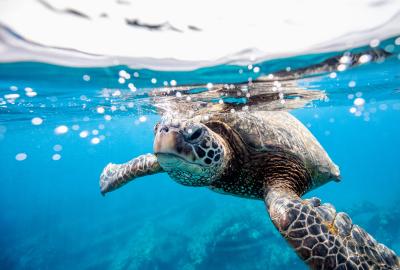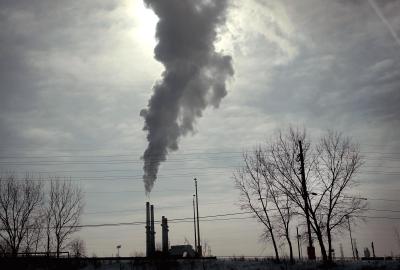Nature is our best defense against climate change
Environmental Defense Fund's Amanda Leland on three ways we can save nature so nature can save us.
“Natural” disasters no longer exist. At least not as we used to know them.
As floods from back-to-back hurricanes cost hundreds of lives and ongoing fires erase large swathes of the Amazon rainforest, it’s time to eliminate the term from our lexicon. These are unnatural disasters, fueled by climate change.
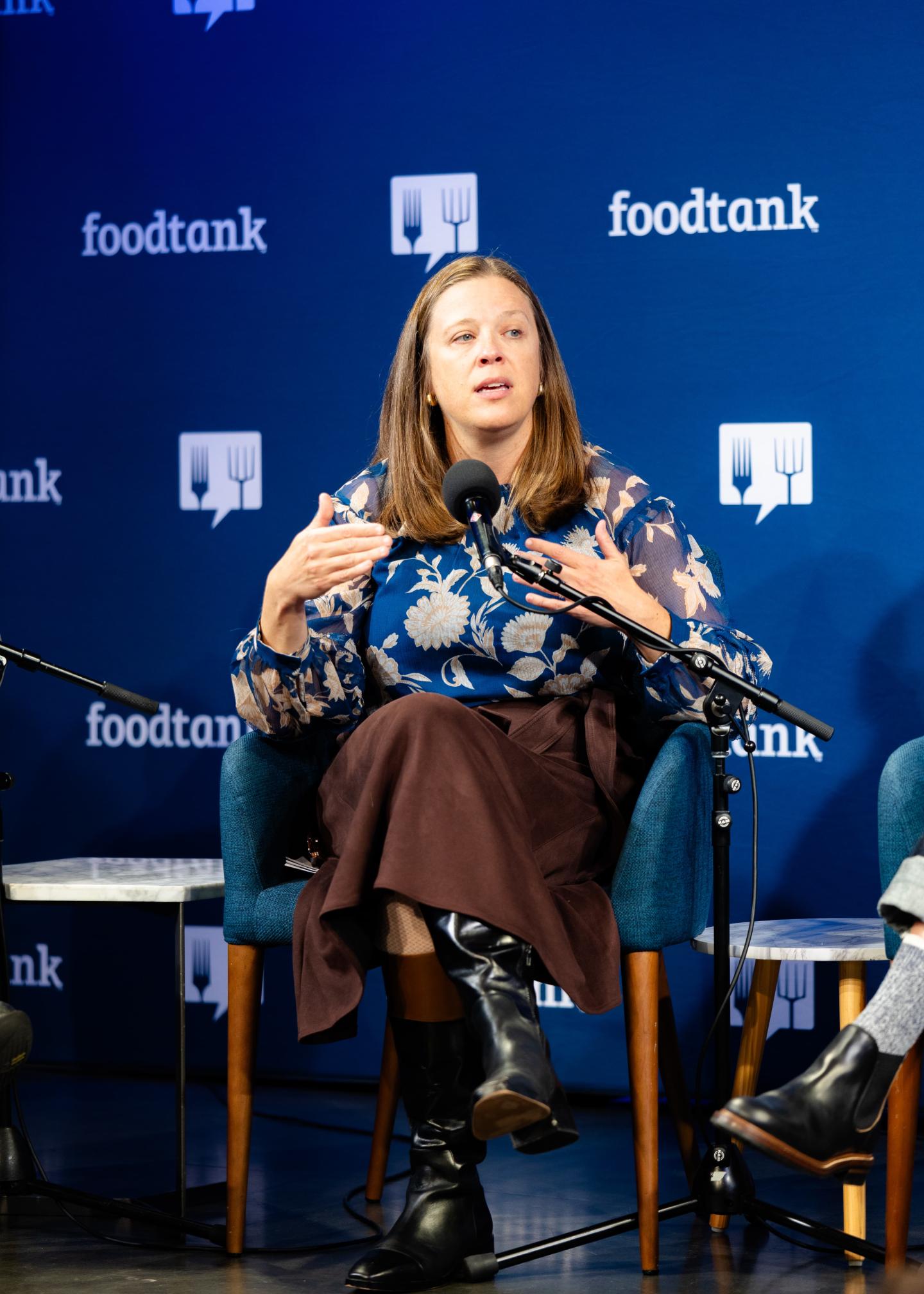
Faced with this unnatural new normal, nature is our best line of defense.
Healthy ecosystems — forests, wetlands and oceans — provide natural defense against extreme weather events for communities around the world. Wetlands, mangroves and reefs protect coastlines from storm damage and rising seas; forests help moderate rain patterns to prevent droughts and floods; the shade of a tree protects you from extreme heat on your walk home.
These vital ecosystems also store vast amounts of carbon, helping to stave off further climate change. According to the World Bank, protecting and restoring natural ecosystems could provide 37% of the climate pollution reductions needed by 2030 to achieve our Paris Agreement goals.
Protecting nature is not just about the trees and the bees; these efforts can have direct benefits to our own economies, communities and futures.
Next week, world leaders have an opportunity to act when they gather in Colombia for the United Nations biodiversity summit, COP16. At this meeting, 196 countries must each present bold plans outlining the steps they will take to conserve and restore biodiversity.
We need more leaders to seize this opportunity: So far, only 24 countries including the European Union have submitted their National Biodiversity Strategies and Action Plans (NBSAPs). And the United States is not part of this process, either.
As world leaders gather in Colombia, and again later this year in Azerbaijan for the UN climate conference, they need to put forward bold plans and commitments that do the following:
Include Indigenous Peoples and local communities in decision-making
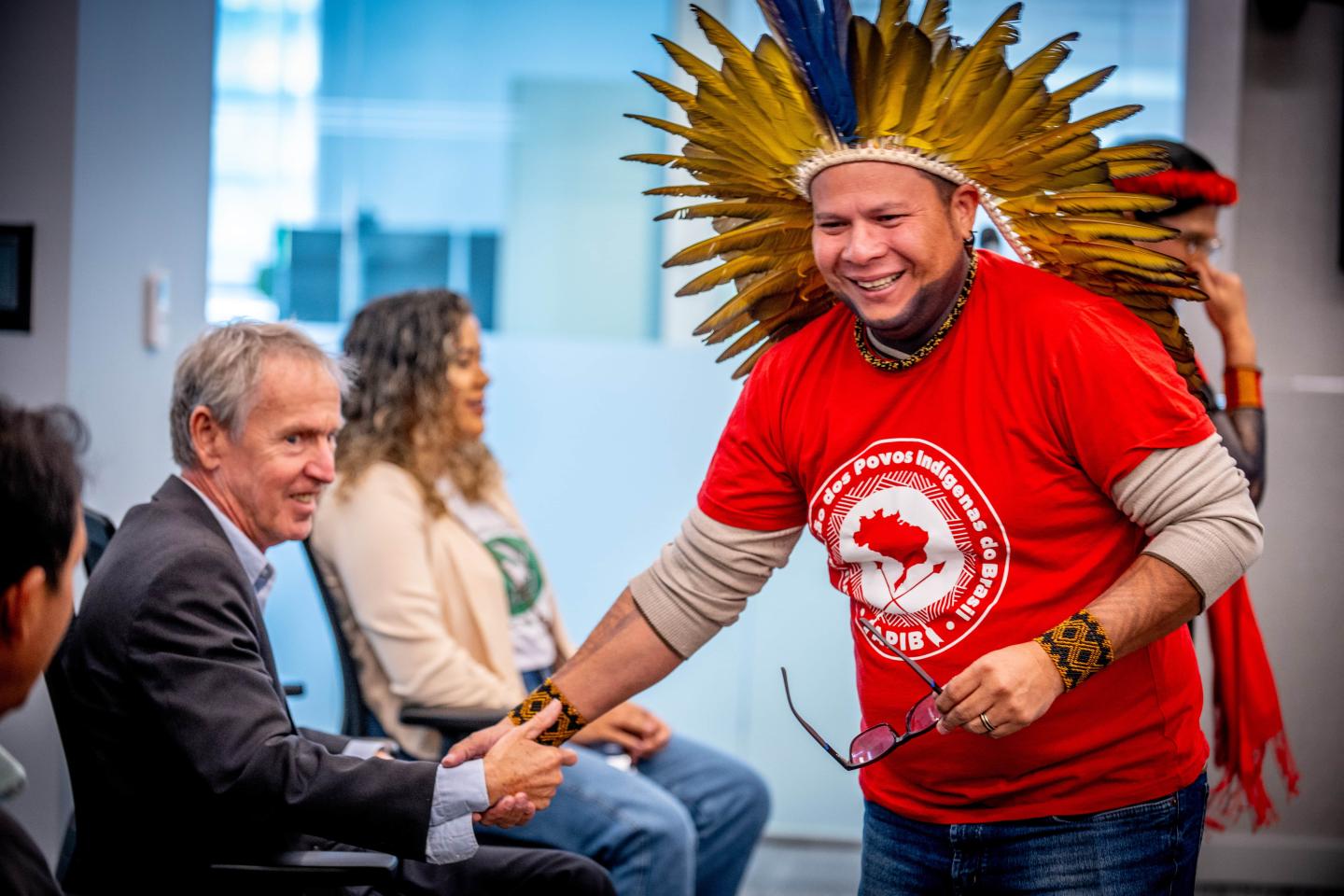
Tropical forests are our planet's most powerful way to store carbon emissions and Indigenous Peoples and local communities are their best protectors, with centuries of traditional land management experience.
Their lands, recognized or not, hold a staggering 80% of the world's biodiversity and nearly a fifth of its forest carbon.
Satellite data tells a clear story: Forests under Indigenous stewardship are the healthiest on Earth. Recognizing and supporting Indigenous rights and leadership is both the right thing to do and the most effective way to conserve nature globally.
- Meet the Indigenous leaders fighting to preserve the Amazon rainforest and stabilize the climate
- Fighting wildfires with fire: Can prescribed burns save our forests?
Mobilize money for restoring nature to fight climate change
To effectively tackle climate change and protect ecosystems and wildlife, the world needs to mobilize $200 billion per year for biodiversity by 2030. And we need that money to be high-quality — meaning it is accessible to developing countries and the stakeholders who can make the most impact. Without finance for nature, we risk paying a far steeper price for the loss of ecosystems “services” like pollination, water purification and protected coastlines, as well as the cost of ongoing climate destruction from extreme weather, wildfires or sea level rise. Governments, philanthropy and the private sector each have a role to play; no single sector can do this alone.
Align national biodiversity plans with national climate plans
The science is clear: We can’t solve climate change without thriving forests, oceans and ecosystems. Countries will need to submit new national climate action plans under the Paris Agreement, ahead of COP30 next year in Brazil. Successful countries will be those that align their plans to protect nature with their climate action plans.
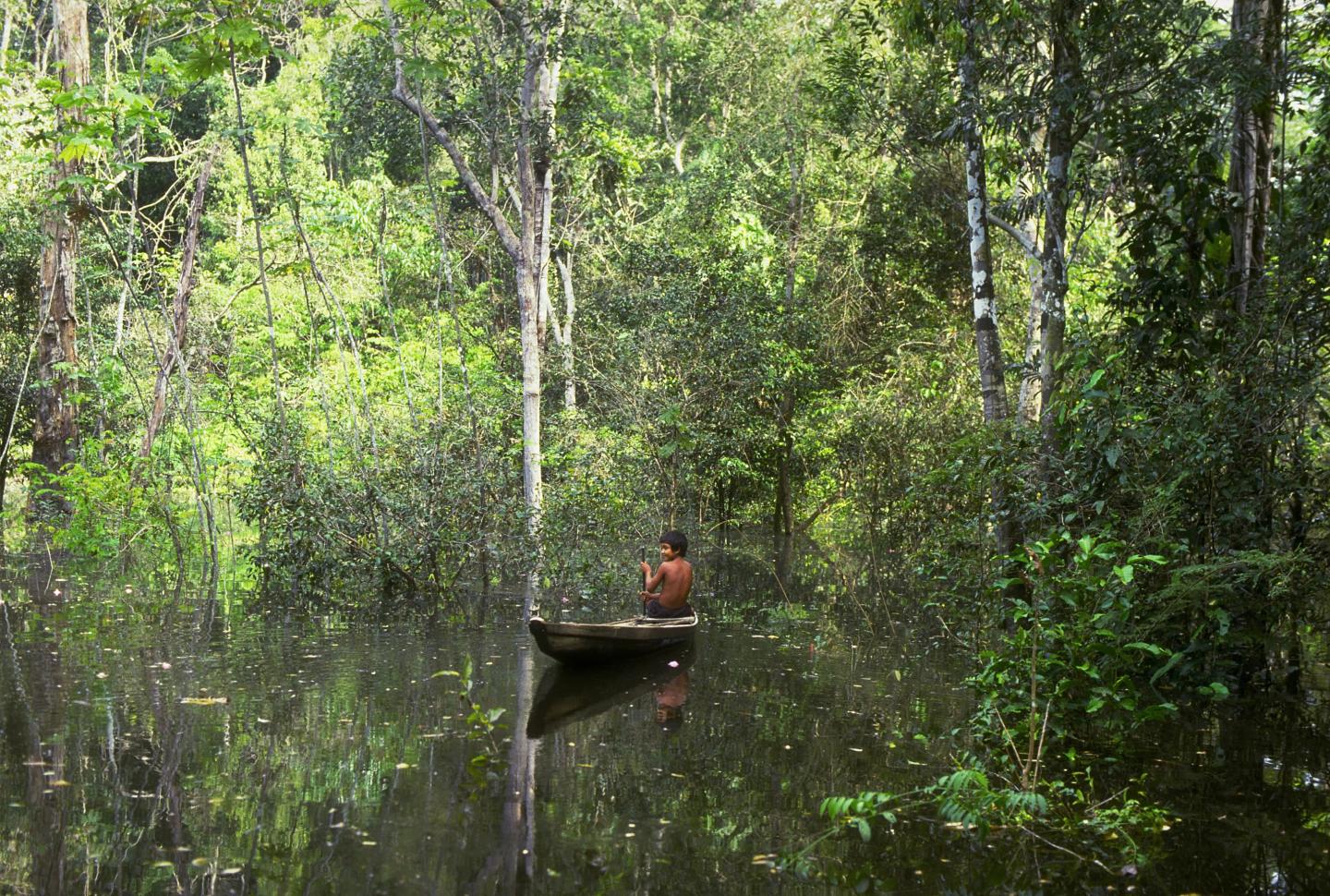
For example, preserving tropical forests both traps more climate-polluting carbon dioxide and protects some of the world's richest biodiversity, while restoring marine habitats like mangroves and coral also protects coastal communities from sea level rise caused by climate change. By including these conservation efforts in both national plans, countries can unlock more resources to advance both sets of goals.
The future of our planet and humanity depends on our ability to protect and conserve nature. It's time to approach this challenge with renewed urgency and determination. By taking bold action on both climate change and biodiversity, we can safeguard our communities, economies and the well-being of generations to come.
Amanda Leland is the Executive Director for Environmental Defense Fund.

